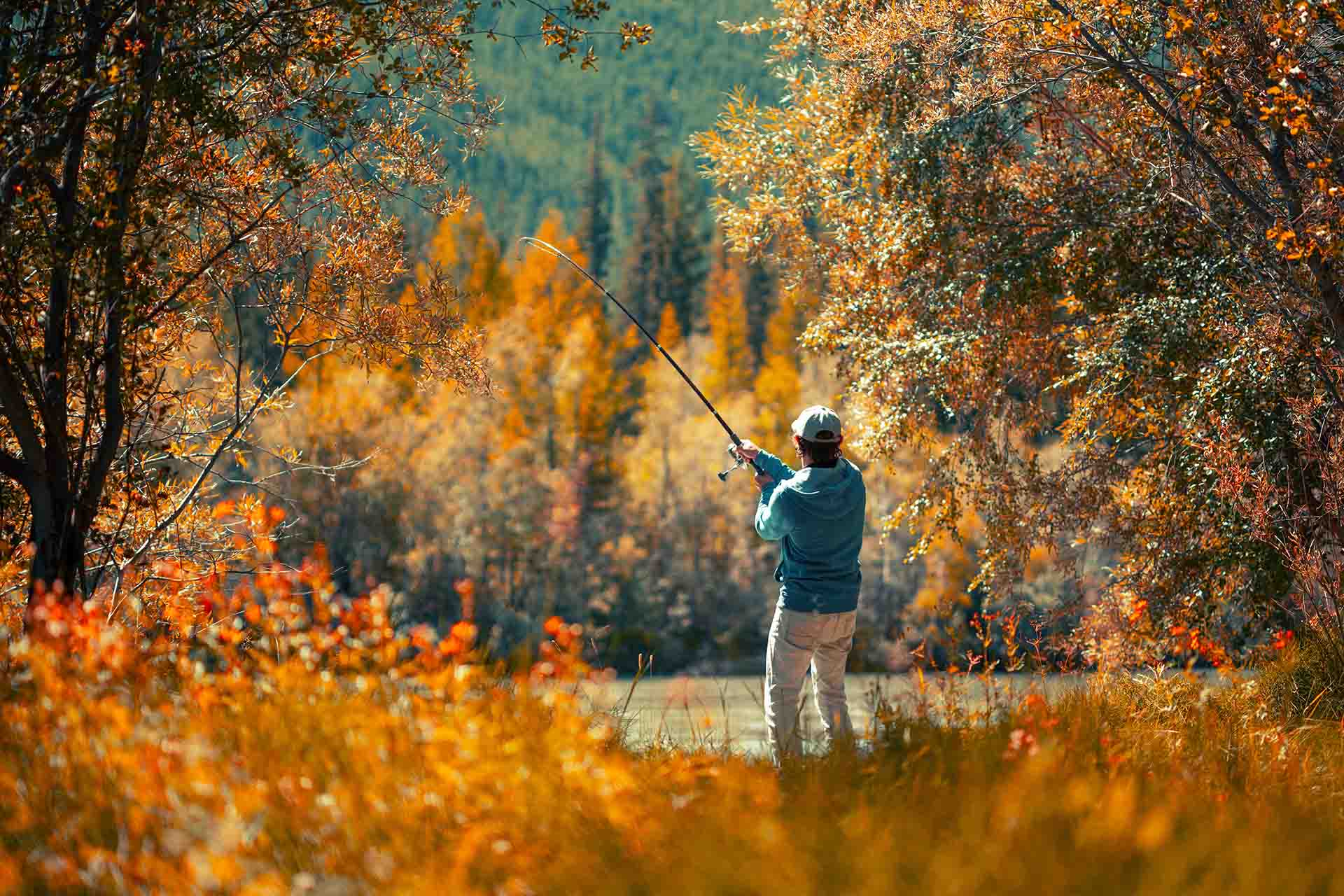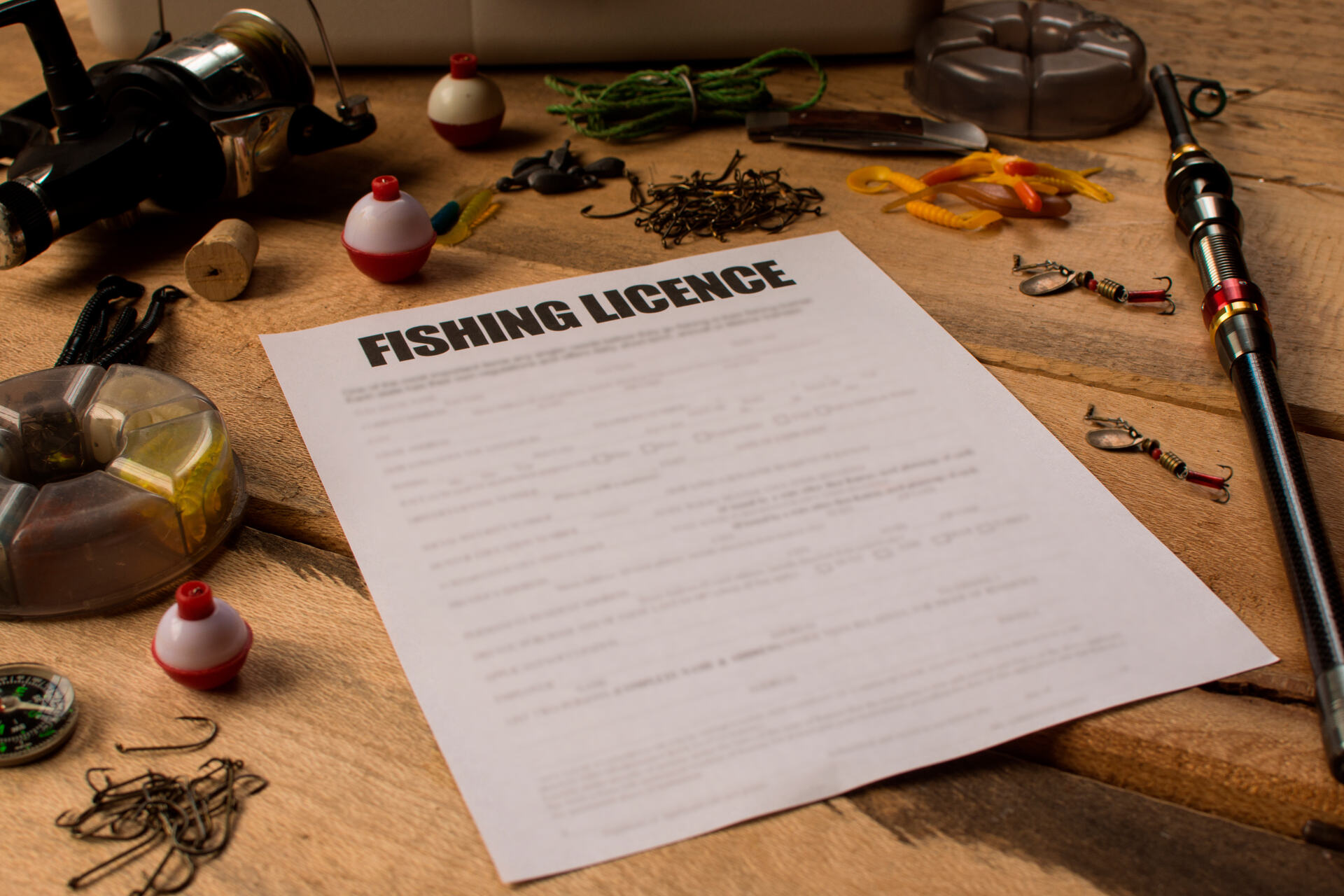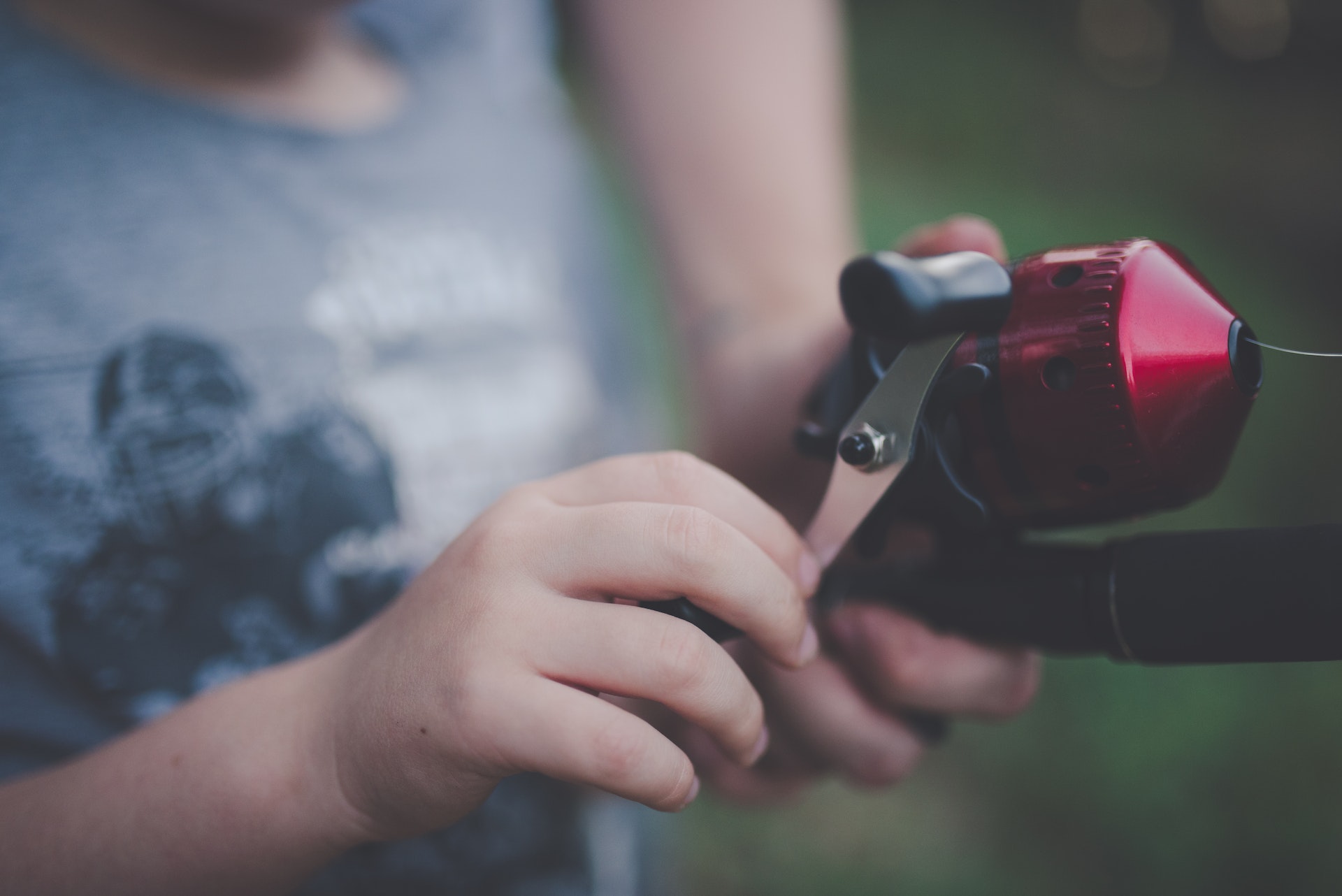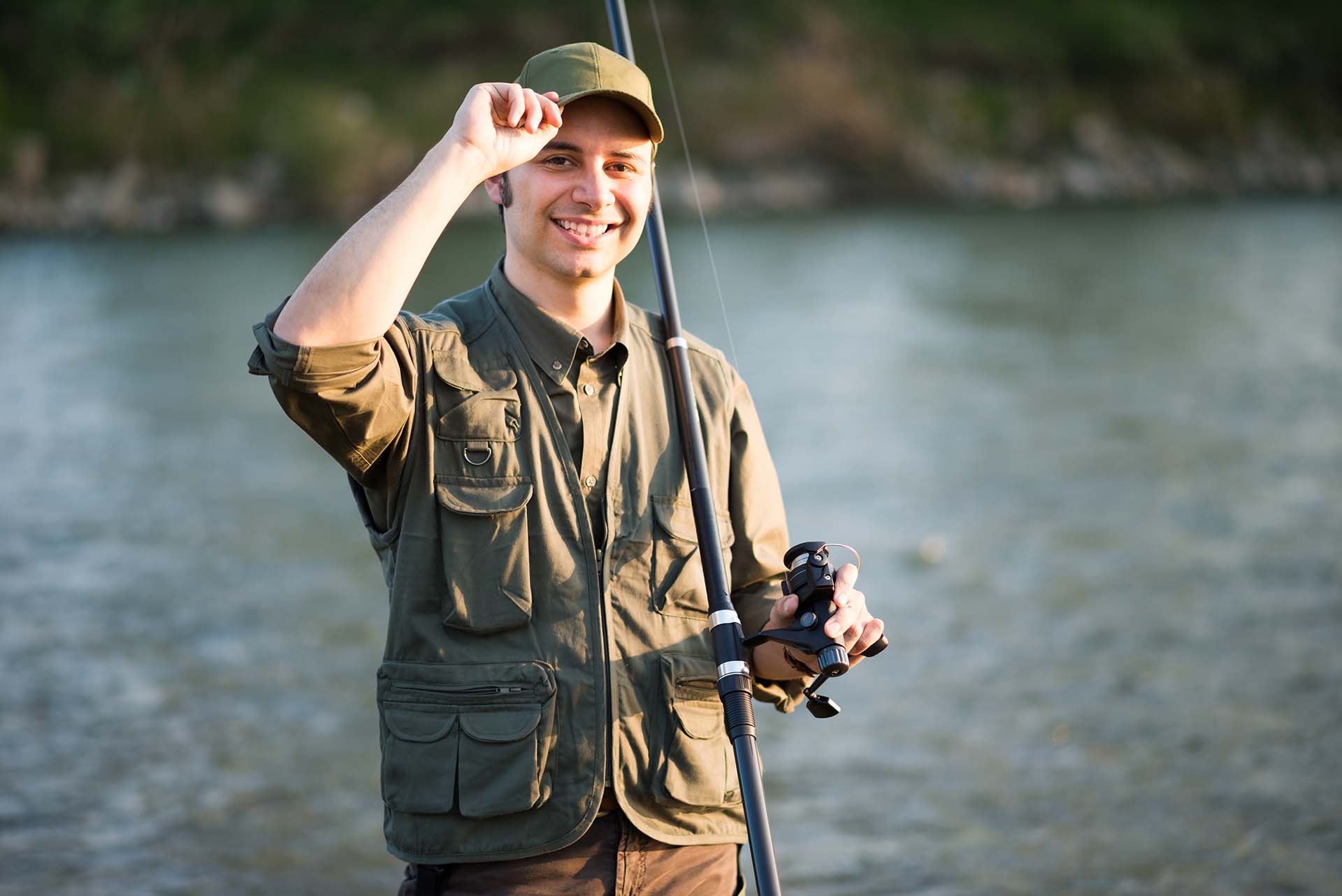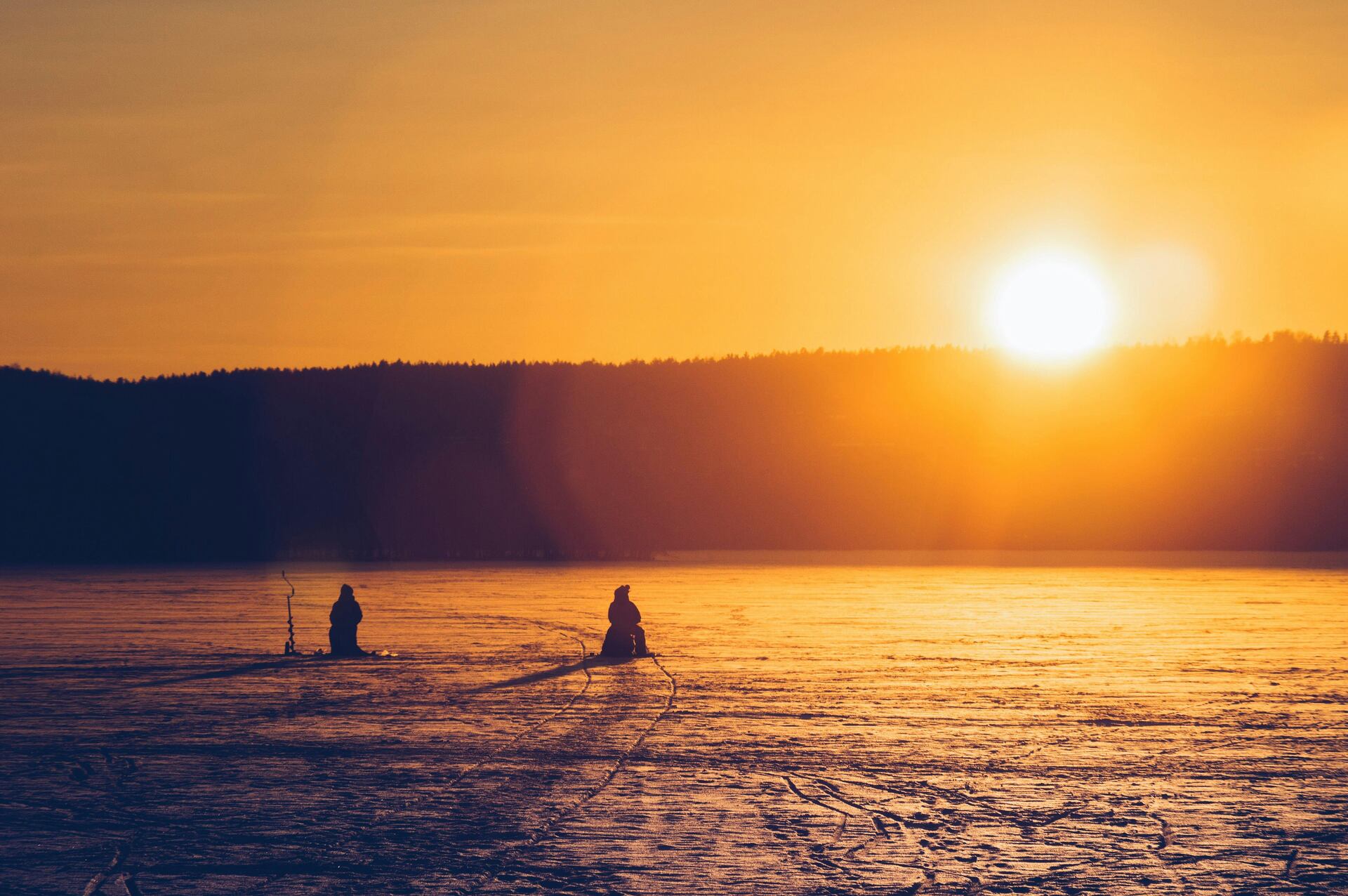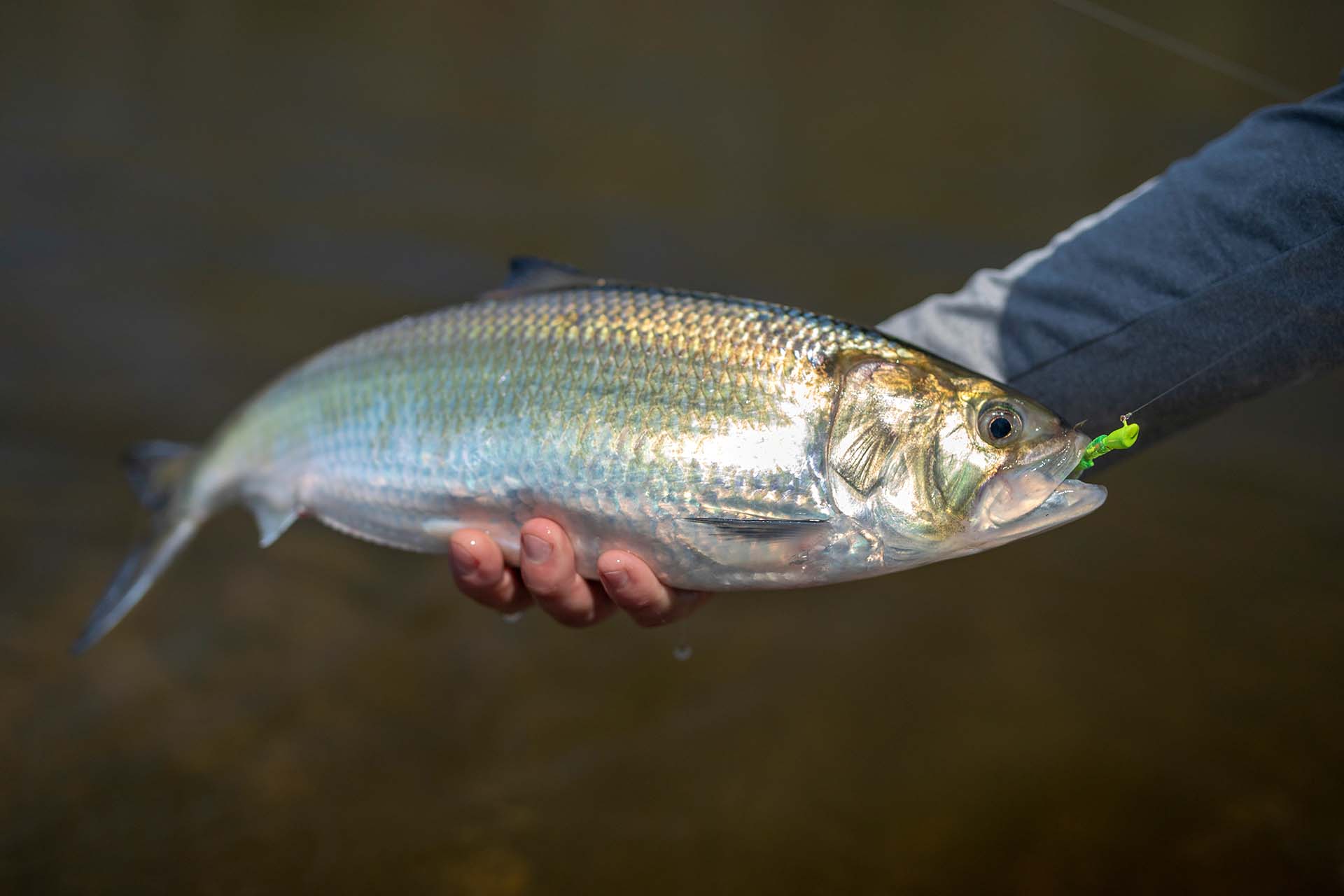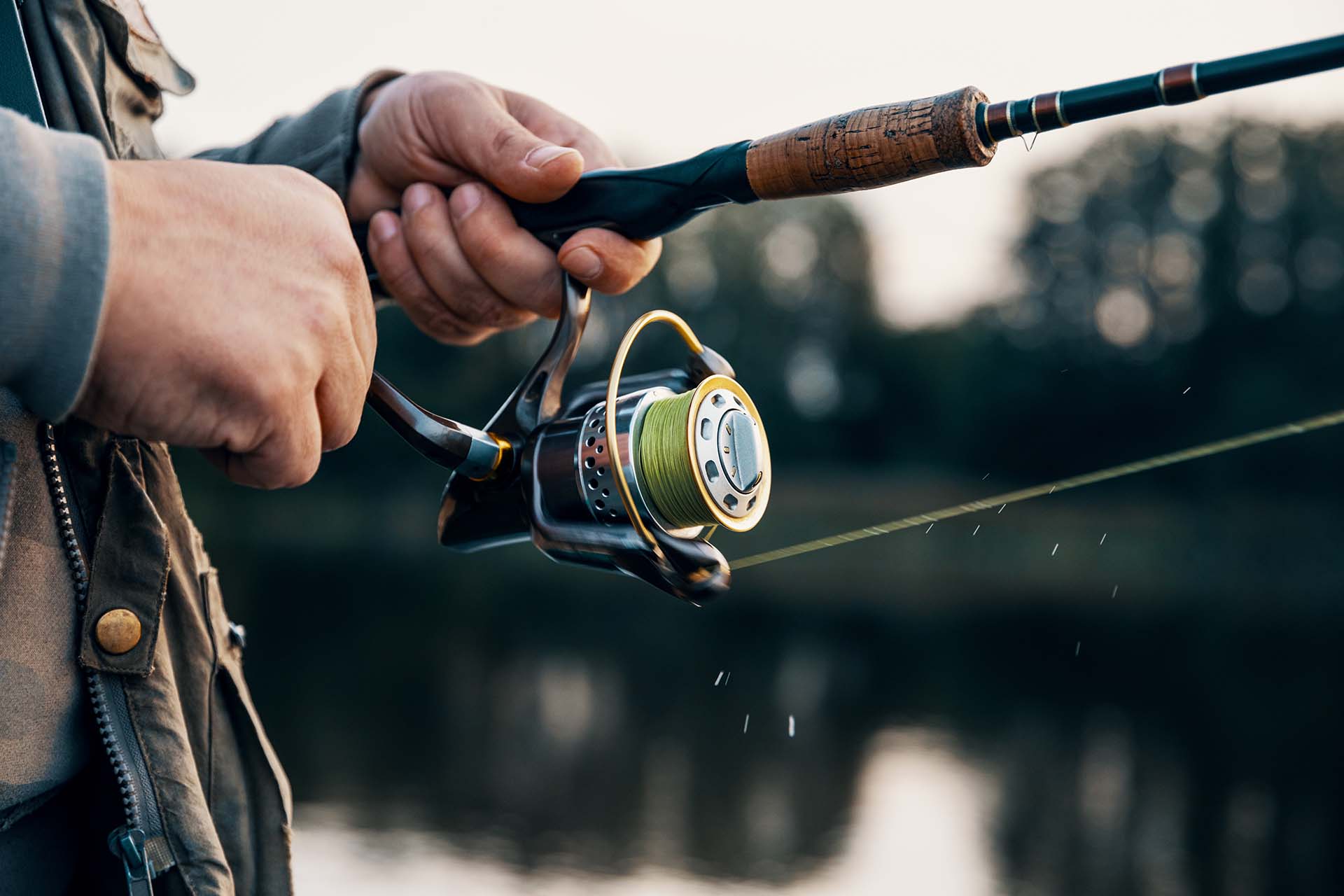Around lively campfire chats and pre-fishing prep talks, one question often gets thrown around – when is scallop season? Have you ever pondered this topic or are simply curious about these marine gems? Let’s explore their seasonal rhythms and throw in some tips on how to make the most of your scalloping adventures.
Scallop season varies globally. Influenced by factors like water conditions and regulatory measures. In North America, it typically spans late summer to early fall, while in the UK and France, it ranges from July to April and October to May, respectively. Japan sees two peak seasons, May-August and December-March. Australia’s wild scallops are primarily available from September to December.
What Are Scallops? A Quick Overview of This Fascinating Species
Scallops are marine bivalve mollusks renowned for their iconic, fan-shaped shells adorned with ridges and corrugations that paint a picture of the ocean’s rhythmic waves. Sporting a palette of colors, from deep reds to tranquil blues, scallops are a sight to behold.
These creatures dwell in seagrass beds, nestled comfortably in the sandy and muddy bottoms of clean, clear coastal waters. There are actually a couple of different types, so here’s a quick overview:
| Type | Where |
|---|---|
| Bay Scallops | Smaller, sweeter, and found in shallow waters, adorned with a dark shell |
| Sea Scallops | Larger and meatier with a rich flavor, dwelling in deeper waters |
| Calico Scallops | Vibrant, colorful shells housing tender meat, found in the Atlantic |
| King Scallops | Robust in size, found in colder waters with a distinguished, savory taste |
This Species Is Integral to the Health of Our Oceans
In saltwater environments, scallops are industrious filter feeders, tirelessly cleansing the waters and promoting clarity and health. Consider them the ocean’s filtration system. Each of these creatures filters gallons of water, removing any impurities that it comes across. On the flip side, they are also considered a delicacy. Since their tender meat is a popular canvas for chefs to paint flavors and aromas.
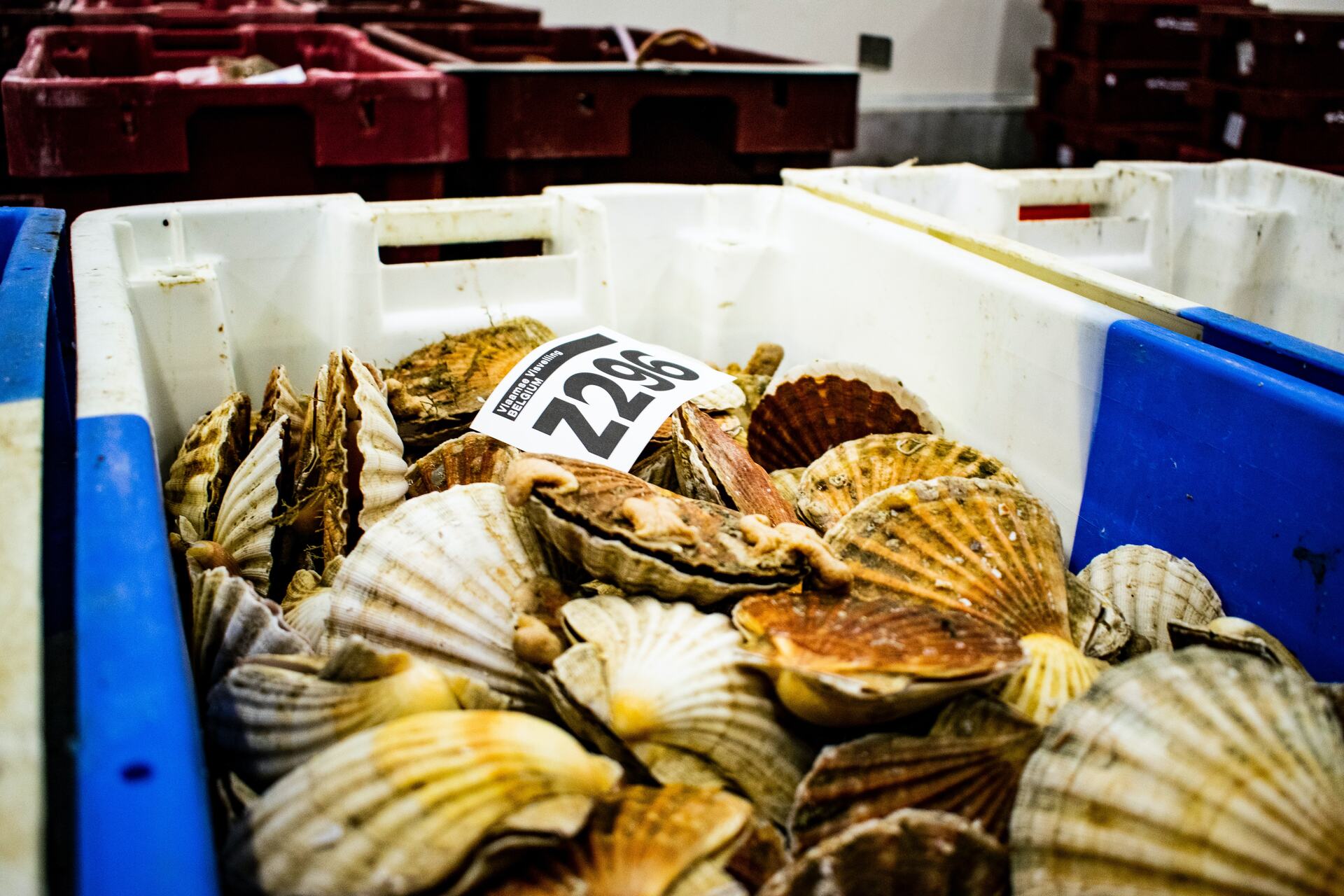
The Significance of Scallop Season
Scallops embark on their journey of life as free-swimming embryos, morphing into a recognizable form within a span of 36 to 48 hours. In the tender phase of 14-20 days. These young scallops, termed spats, anchor themselves to underwater structures like rocks, branches, or other shells.
The fertility of these marine gems is awe-inspiring. A single female specimen has the capability to release hundreds of millions of eggs annually. The spawning period typically graces the late summer and early autumn seas. The vigorous activity provides a teeming playground for scalloping enthusiasts.
The Seasonal Patterns of This Marine Creature Holds a Lot of Influence on the Fishing Industry
The rhythm of scallop’s seasonal cycles isn’t just a natural spectacle but holds profound significance, weaving its threads into the fabric of coastal economies and communities. Their reproductive patterns are intrinsically tied to the flourishing of the seafood industry. As well as the livelihoods of those nestled in the embrace of the coast.
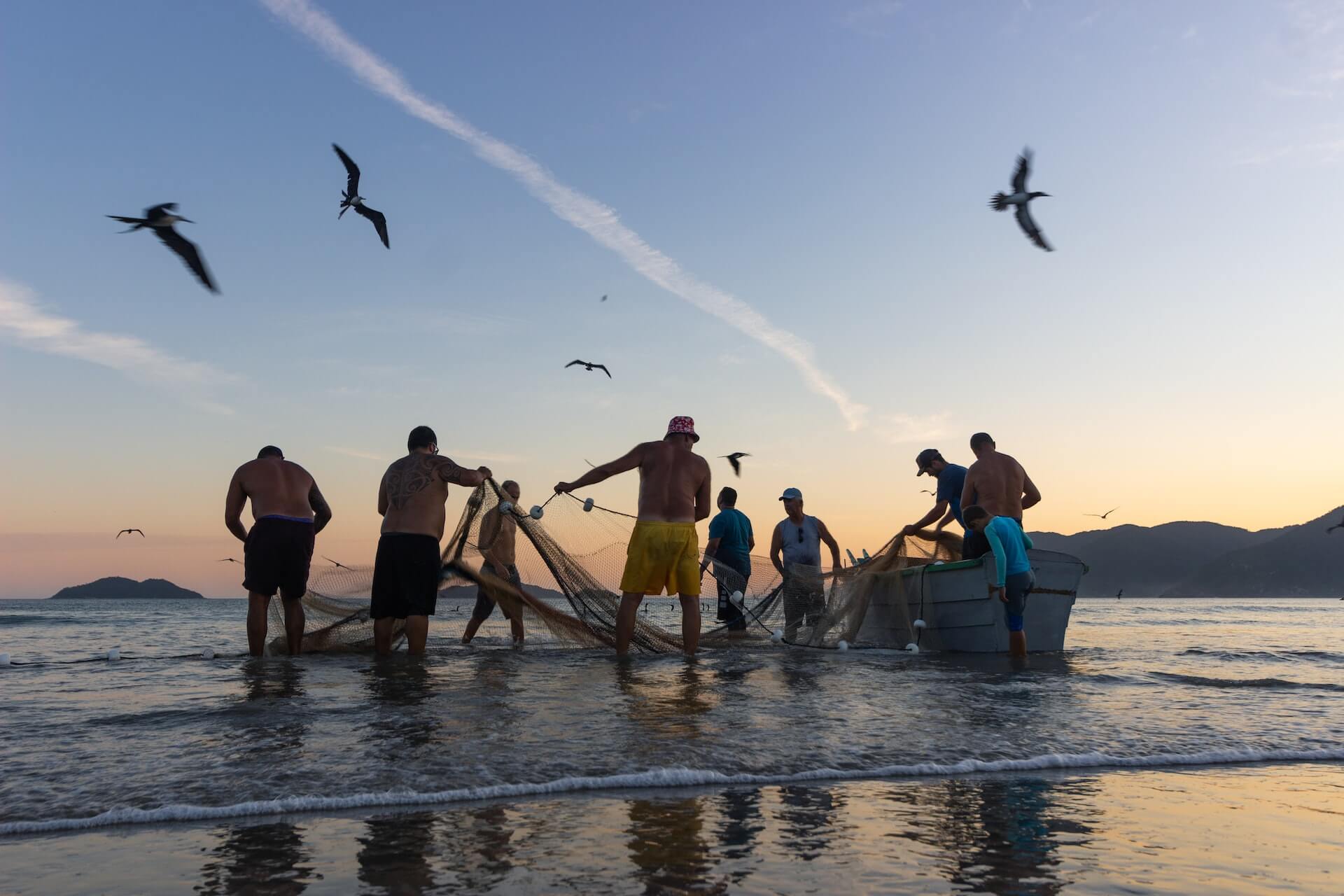
When Is Scallop Season Around the Globe?
Ah, scallop season! A time marked by the bustling energy of fishermen, the gentle sway of fishing boats, and the delicious aroma of freshly harvested scallops wafting through coastal towns. Let’s embark on a global tour, tracing the footsteps of scalloping across continents and oceans, unveiling the unique timelines and traditions that define each locale.
North America – East Coast, Gulf of Mexico, and Pacific Regions
The waters off the northeastern US and eastern Canada offer rich tapestries where scallop harvesting unfolds with vigor. Here, sea scallops are plucked from the depths year-round by commercial fishermen, with turtle deflector-style dredges playing a pivotal role.
However, the opening and closing dates of scalloping seasons can vary by region, but most of them blossom from late summer to early autumn. In the warm embrace of Florida’s waters, for instance, the beginning of July heralds the onset of the season. Painting the Gulf of Mexico with the vibrancy of harvesting activities until the curtains close in late September.
Europe – Open Seasons in the UK and France
Crossing the Atlantic, the UK’s waters are famed for their scallop treasures, with western Scotland standing as a sentinel of quality and abundance. Here, the legacy of the scallop fishery, ignited in the 1930s, continues to thrive.
King and queen scallops reign supreme. While kings are collected year-round, queens mark their seasonal dance from July to April. Pausing for a three-month period to rejuvenate and multiply. As for the picturesque landscapes of Normandy, France, October ushers in the harvesting season, lasting until May.
Asia and Oceania – Japan, Australia, and More
Second only to the prolific northeastern coast of North America, Japan and China emerge as two integral players when it comes to scalloping. In Japan, the peak season for Mutsu bay scallops doubles down. May to August celebrates their growth, while December to March heralds the maturation of their eggs.
The waters of Australia, on the other hand, boast the availability of farmed commercial scallops throughout the year. The wild counterparts, however, are most abundant from September to December. Offering a distinct, untamed flavor that resonates with the soul of the ocean.

Factors Determining Scallop Season
It’s clear by now that there is no single answer to the question – when does the scallop season start? The onset and duration of this eagerly anticipated time of year is a complex melody composed of nature’s whims, environmental nuances, and various regulations. Let’s delve into the intricate elements that weave together the scalloping calendar:
Water Temperature and Conditions
Scallop eggs thrive in temperatures above 68°F (20°C), while optimal development temperatures are around 79°F (26°C). It is within this temperate embrace that scallops find their harmony, feeding and growing with vigor. Water quality is also crucial in determining the best time for scalloping. These marine creatures typically prefer the crystal-clear embrace of pristine waters.
Predatory Threats and Environmental Factors
For scallops, predatory threats cast a shadow, with sea stars, crabs, and certain fish species cherishing the opportunity to feast on these marine gems. Environmental factors too, from storms to temperature fluctuations, play a pivotal role in creating the scalloping calendar.
Regulatory Measures for Sustainable Scallop Harvesting
Amidst the natural and environmental factors, the silent yet potent hand of regulatory measures choreographs the scallop season. Size limits, bag limits, and designated harvesting areas vary from region to region. So make sure you’re well-acquainted with the regulations set in your area.
Tools of the Trade – Here Is the Essential Gear for Scalloping
Though the spoils are bountiful, the ocean’s embrace is not without its trials and tribulations. Therefore, safety and preparedness are key to ensuring that your journey is as rewarding as it is mesmerizing. Make sure you don’t set sail on your fishing boat without these safety must-haves:
- Gloves to protect the hands from cold and potential hazards,
- A diving knife for unexpected entanglements or obstacles,
- Safety floats and flags to indicate your presence to other vessels for added safety.
You’ll Need High-Quality Diving and Snorkeling Equipment
When it comes to scalloping, high-quality diving, and snorkeling equipment is your silent ally. There are plenty of options on today’s market, but you can check out my usual attire:
- The Henderson Hotskins Classic Unisex Spandex Jumpsuit – excellent for maintaining body warmth and ensuring protection against underwater elements,
- The Greatever Dry Snorkel Set – for clear vision and effortless breathing while exploring the underwater world,
- The LUXPARD Snorkel Fins – to navigate through waters with ease and agility.
Don’t Forget About the Scallop Bags and Nets
Besides all of the equipment we’ve just discussed, fishing nets and scallop bags are integral to this endeavor. Designed for ease, durability, and gentle hold, these tools are the silent songs that carry the ocean’s bounty from the depths to the surface.

How to Harvest Scallops Responsibly
Scallops collected by divers represent the epitome of sustainable harvesting, ensuring the seabed remains as undisturbed as possible. While this method exemplifies environmental respect, it accounts for a minor share of the total harvest. A significant portion of scallops gracing our tables are gathered using scallop dredges, a more intensive method of collection.
Techniques for Identifying Mature Scallops
If you’re planning to dive and collect some scallops using sustainable practices. Sere are key pointers to help you identify mature specimens:
- Mature scallops typically have larger, more robust shells,
- The shells often have a distinct color and texture, showing signs of age and development,
- Similar to the rings of a tree, scallops, too, have growth rings on their shells.
It’s Time to Unearth Some Ocean Treasures This Scalloping Season
So there you have it – from the mystical dance of scallops beneath the ocean waves to the careful art of harvesting these maritime gems, we’ve navigated through it all. It’s clear that knowing when scallop season hits is one piece of the puzzle.
Equipping yourself with the right gear. Understanding the environmental factors at play and embracing responsible harvesting techniques are all integral to making the most of this exciting season. Happy scalloping!
FAQ
How Can I Ensure the Scallops I Harvest Are Safe to Eat?
Ensuring the scallops you harvest are safe to eat involves checking the water quality and adhering to regional guidelines. Avoid harvesting from areas known for pollution or red tide occurrences. Always stay informed about local conditions and advisories to enjoy a safe scalloping experience.
What’s the Daily Limit for Scallop Harvesting During the Season?
The daily limit for scallop harvesting varies depending on the location and regulatory guidelines in place. Typically, there are specific bag limits imposed to ensure sustainable harvesting. Always check with local wildlife and fisheries authorities for accurate and up-to-date information on the permitted daily limits.
Is a Special Permit Required for Scallop Harvesting?
The requirement for a permit depends on the specific regulations of the region where you’re planning to harvest scallops. Some areas may require recreational fishers to obtain a special permit or license. It’s essential to check with the local fisheries department or regulatory body to understand the legal requirements and obtain necessary permissions before heading out.

